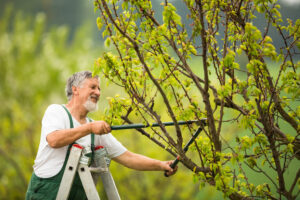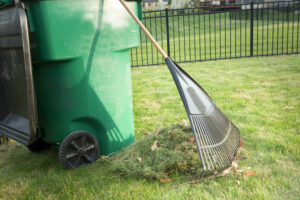When spring arrives and freezing temperatures cease, it’s time to turn on irrigation systems and start watering again. However, when you do so, several very important steps are needed to make sure not to damage pipes or irrigation components. Spring start-up guide has been provided below to help ensure your irrigation system is up and running with ease and efficiency.
Step 1: Open the system main water valve slowly to allow pipes to fill with water gradually. If these valves are opened too quickly, sprinkler main lines are subjected to high surge pressures, uncontrolled flow and water hammer, which may cause them to crack or burst.
Step 2: Verify the proper operation of each station valve by manually activating all zones from the controller.
Step 3: Walk through each station on the controller, checking for proper operation of the zone. Check for proper operating pressure (low pressure indicates a line break or missing sprinkler), proper rotation and adjustment of sprinkler heads, and adequate coverage. Check and clean filters and nozzles on poorly performing sprinklers. Adjust heads to grade as necessary (the top of each head should be flush with the ground).
Step 4: Reprogram the controller for automatic watering. Replace the controller back-up battery if necessary.
Have the controller scheduled properly for the right amount of water for each type of sprinkler and plant material and change the schedule based on local weather conditions. Schedule periodic inspections with professionals to ensure proper system functioning, make repairs as needed, and update products when appropriate.















